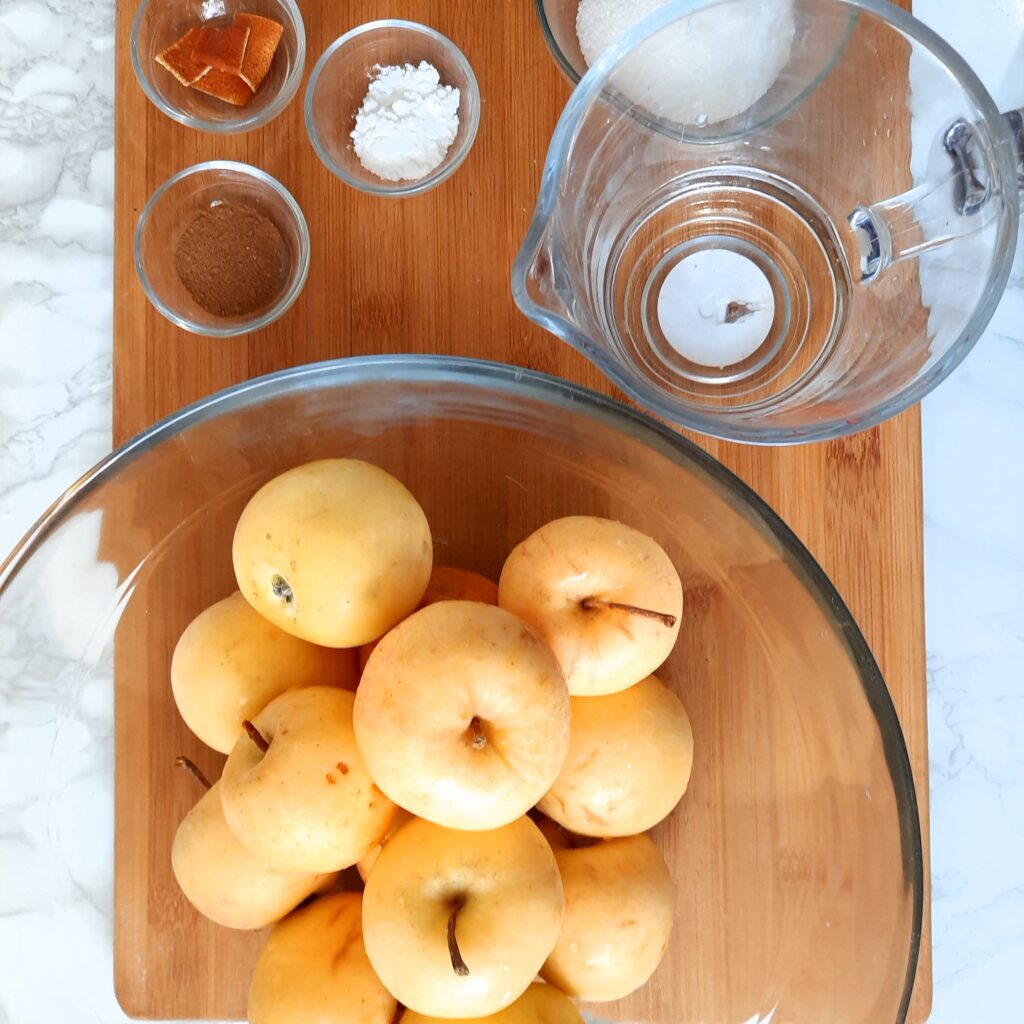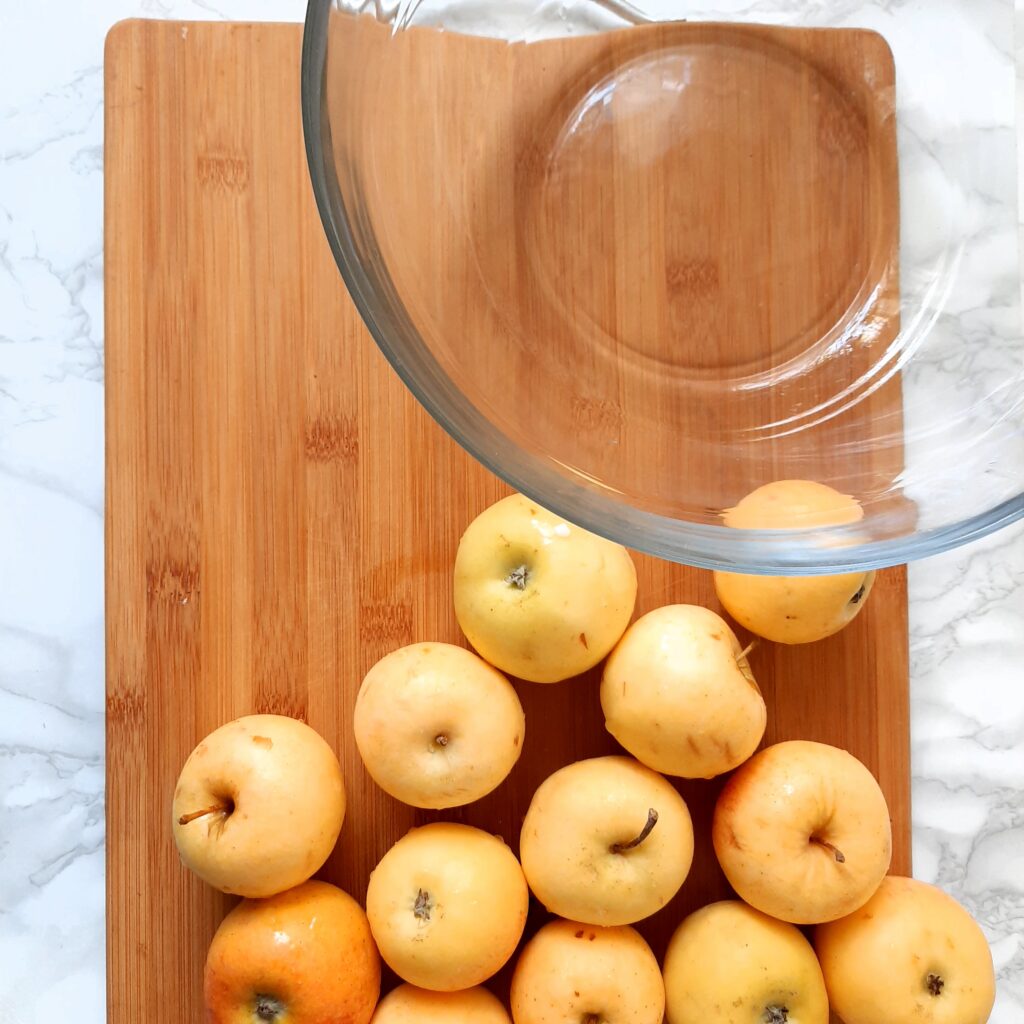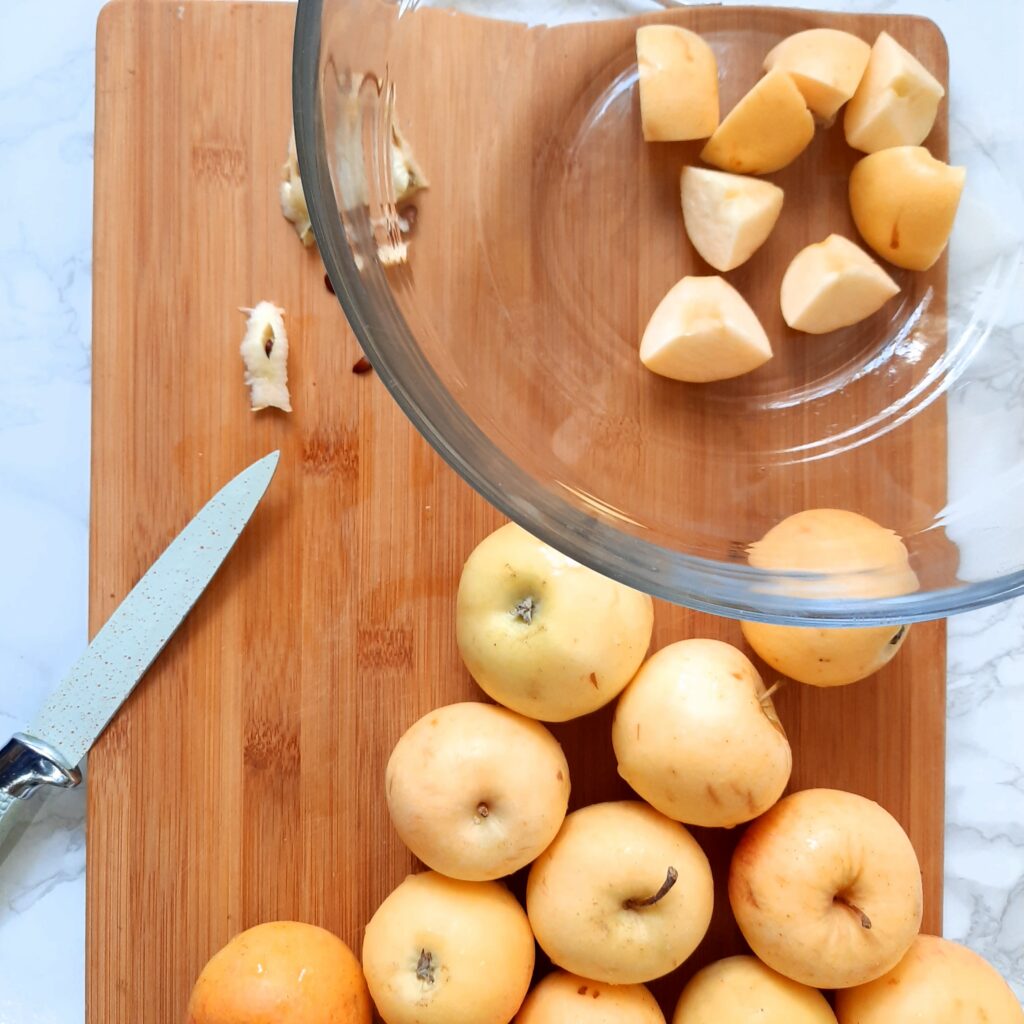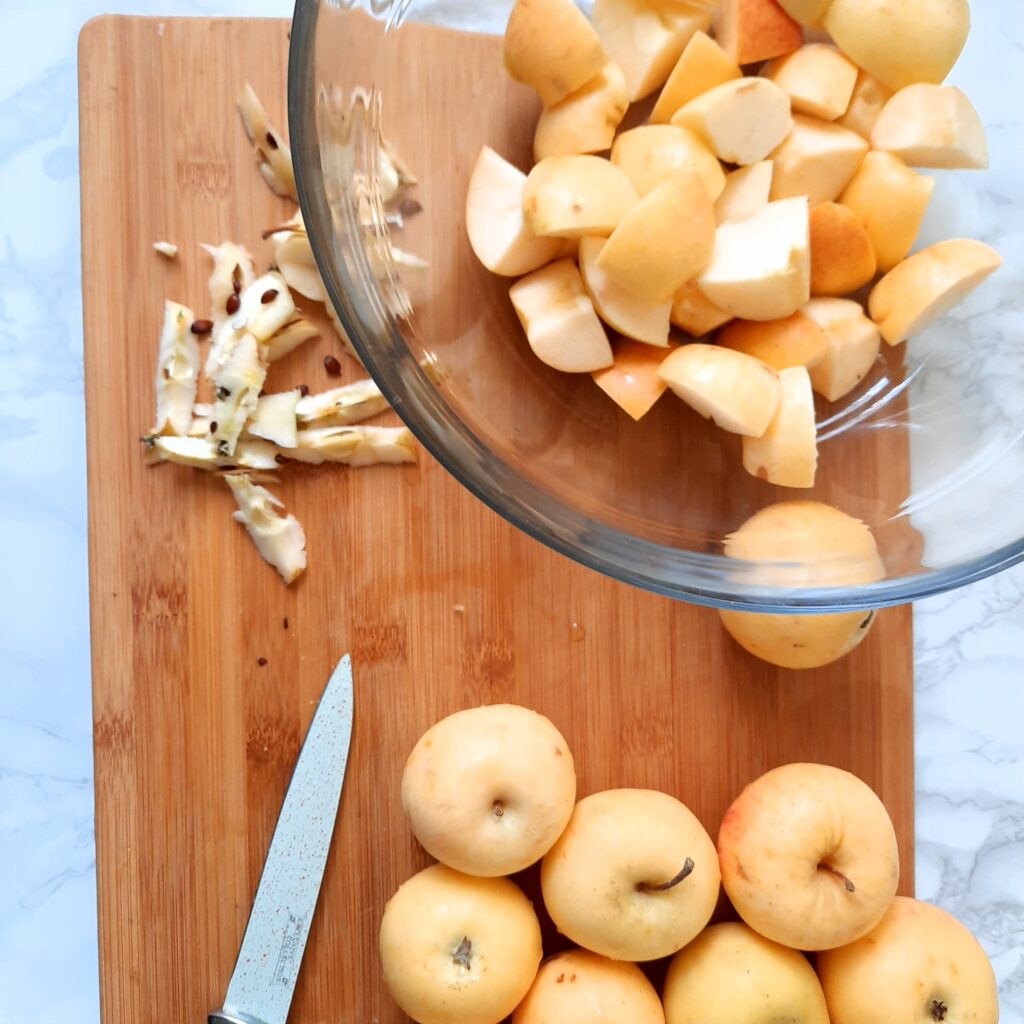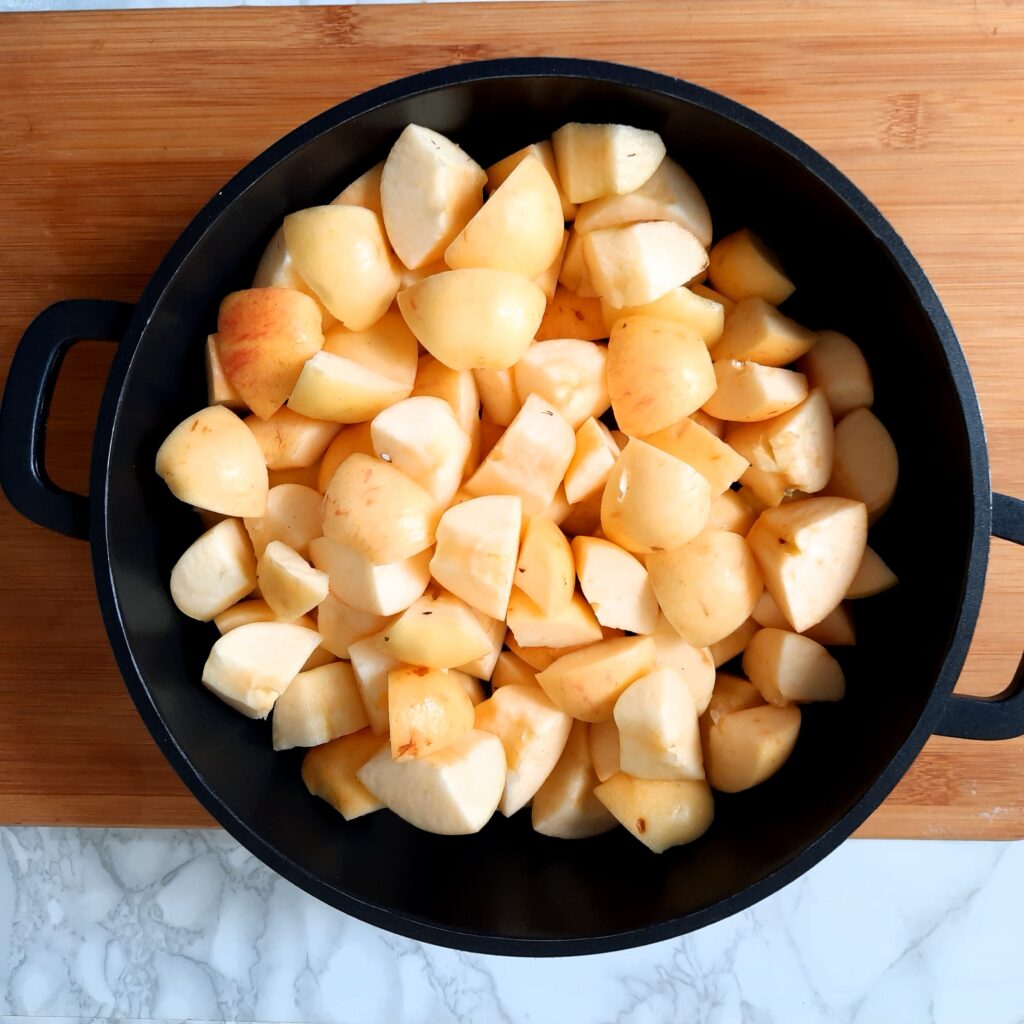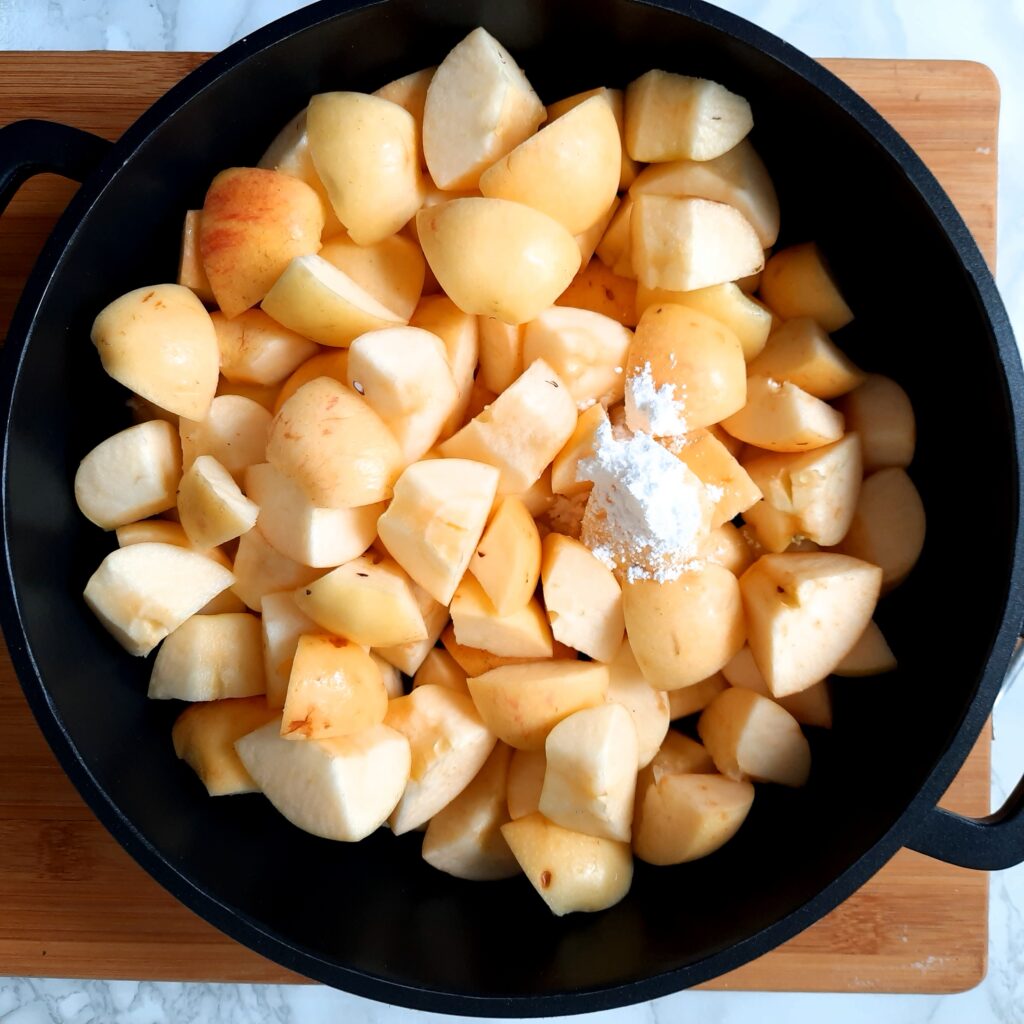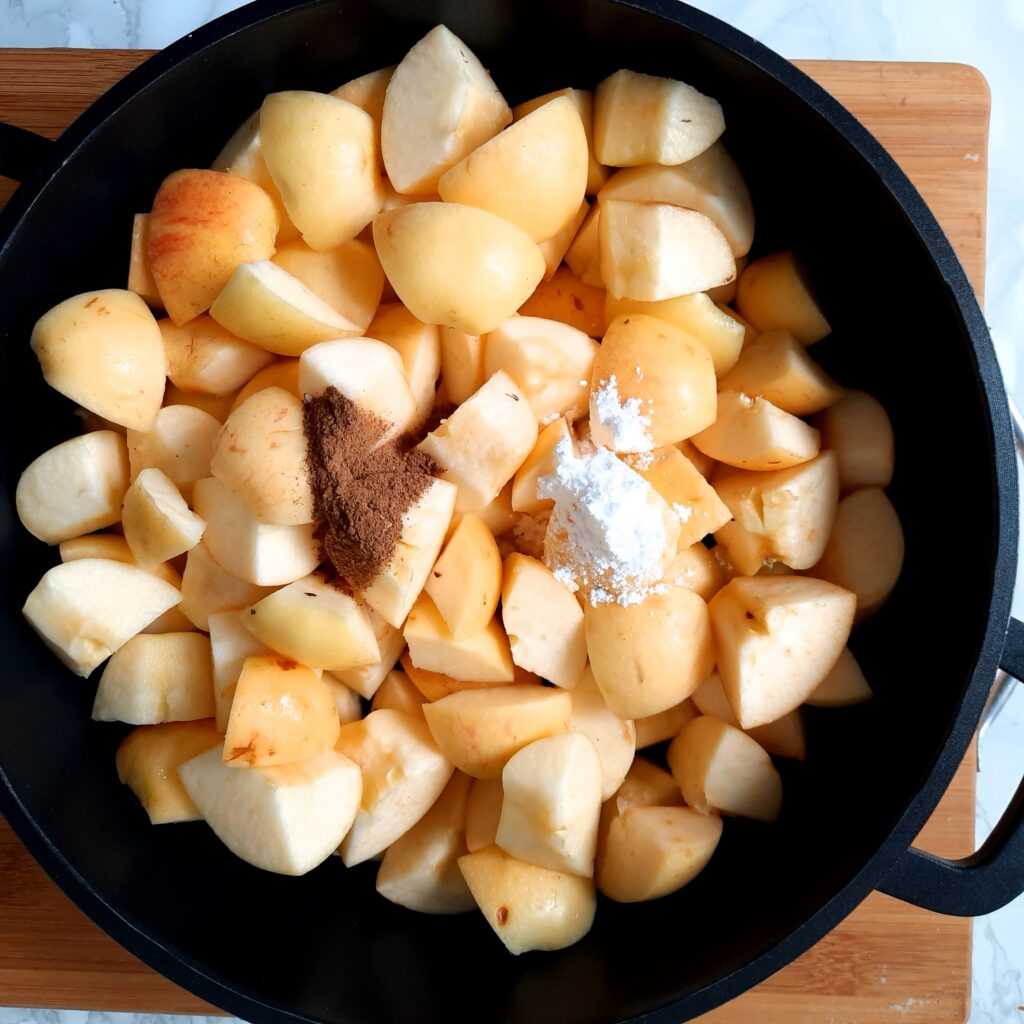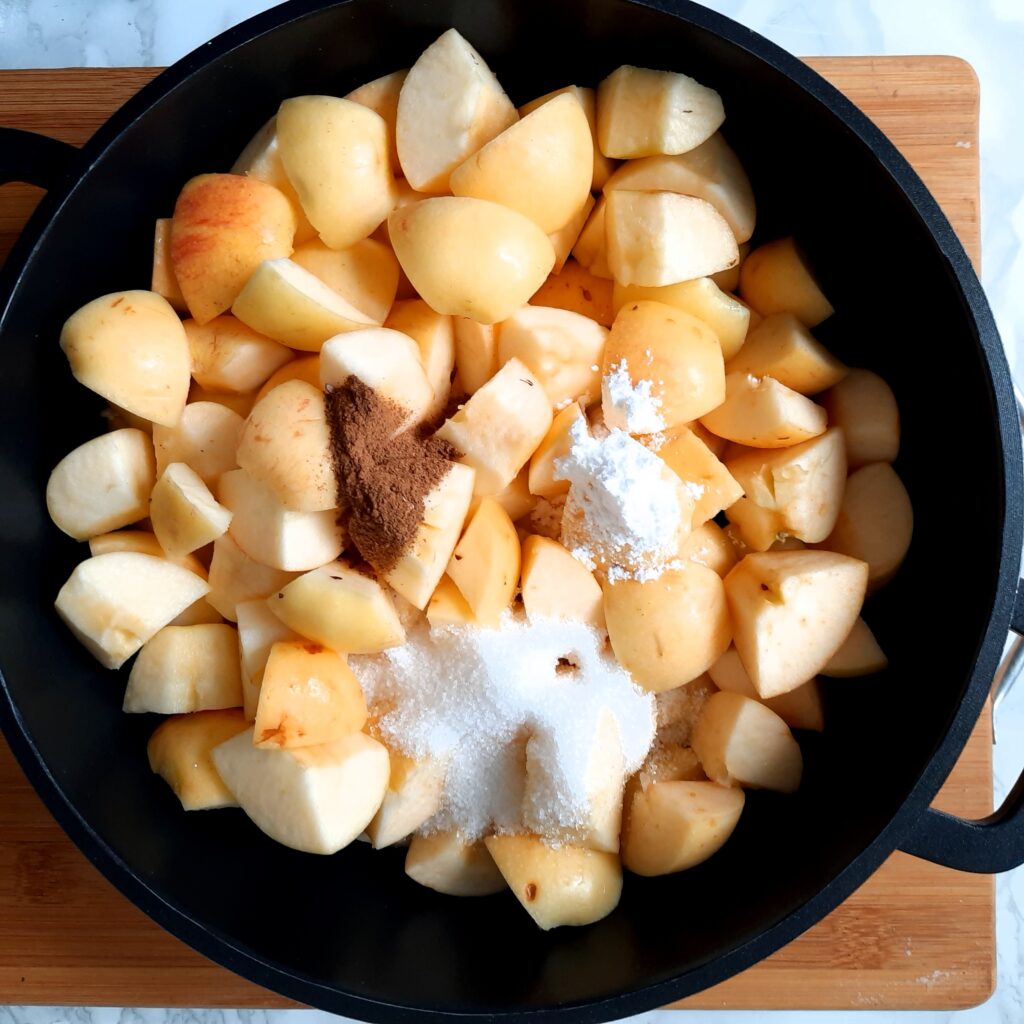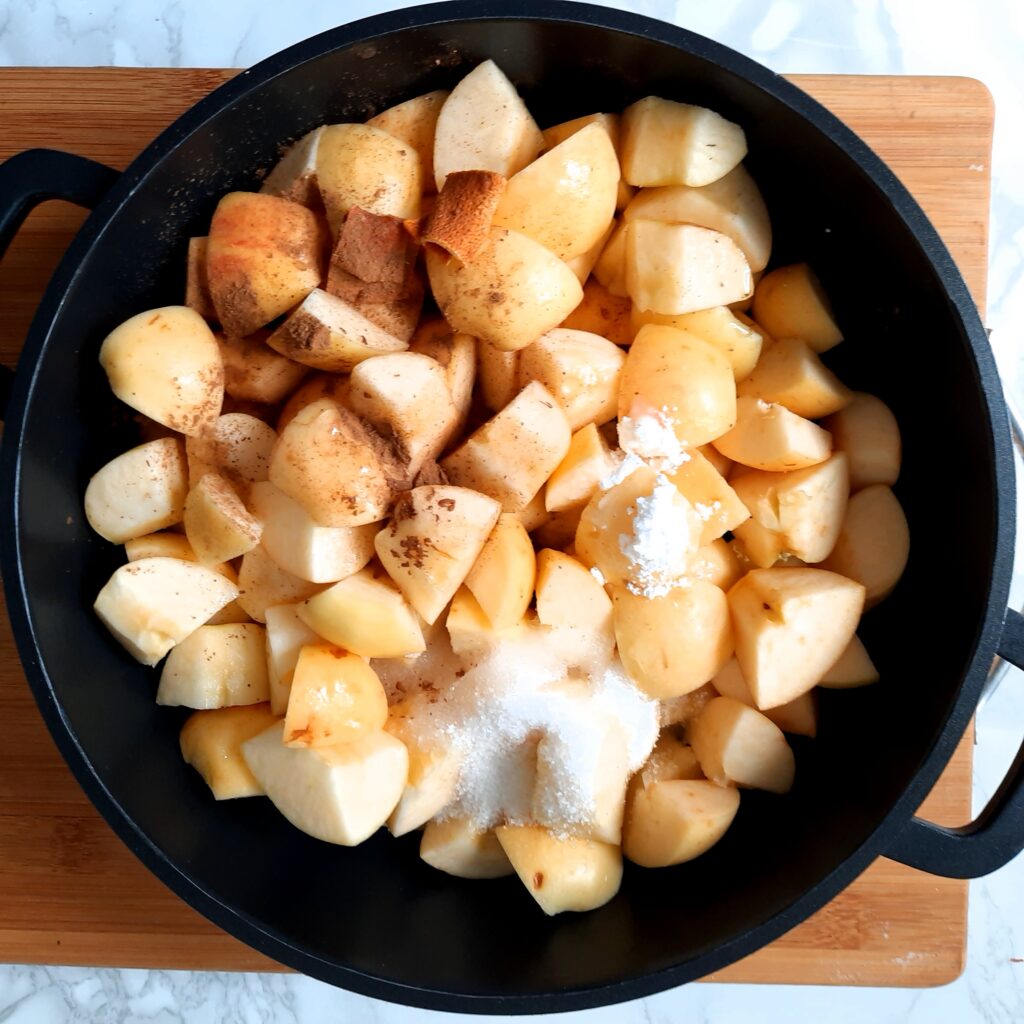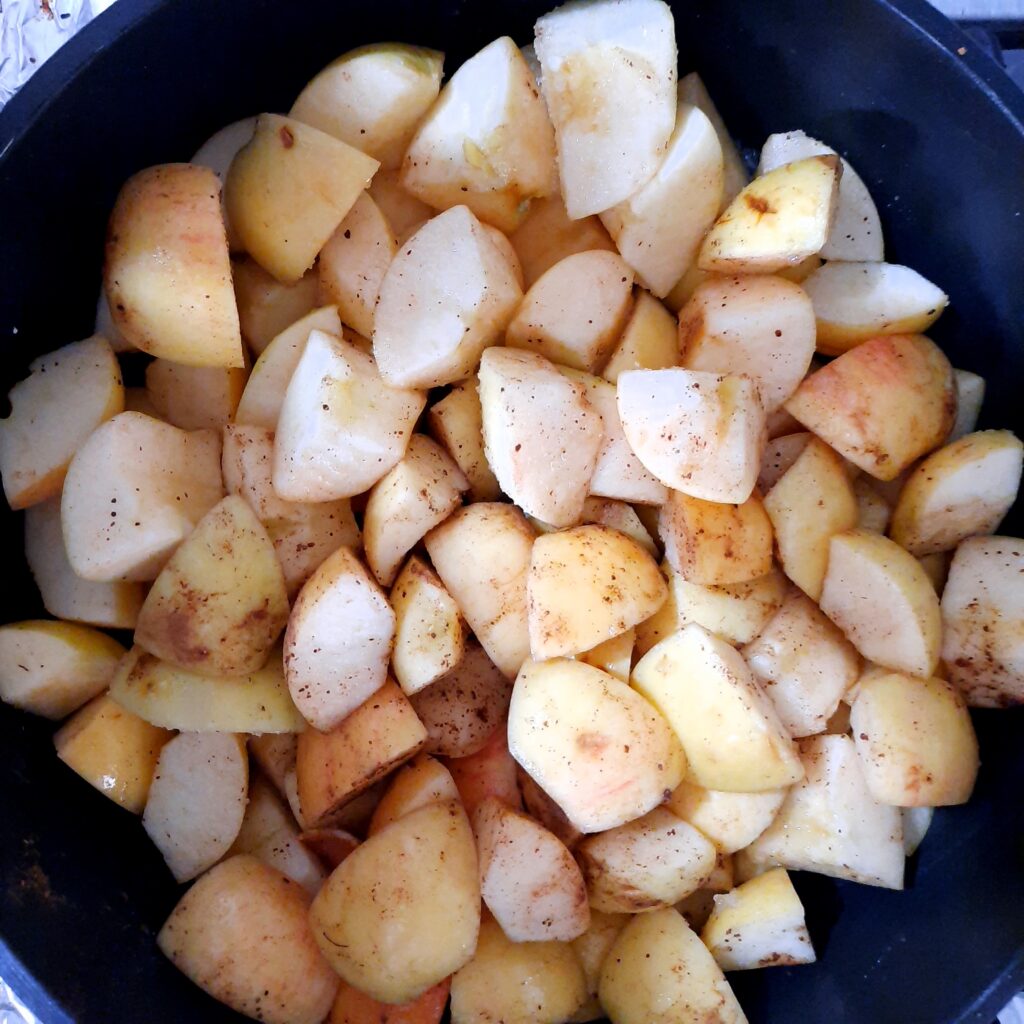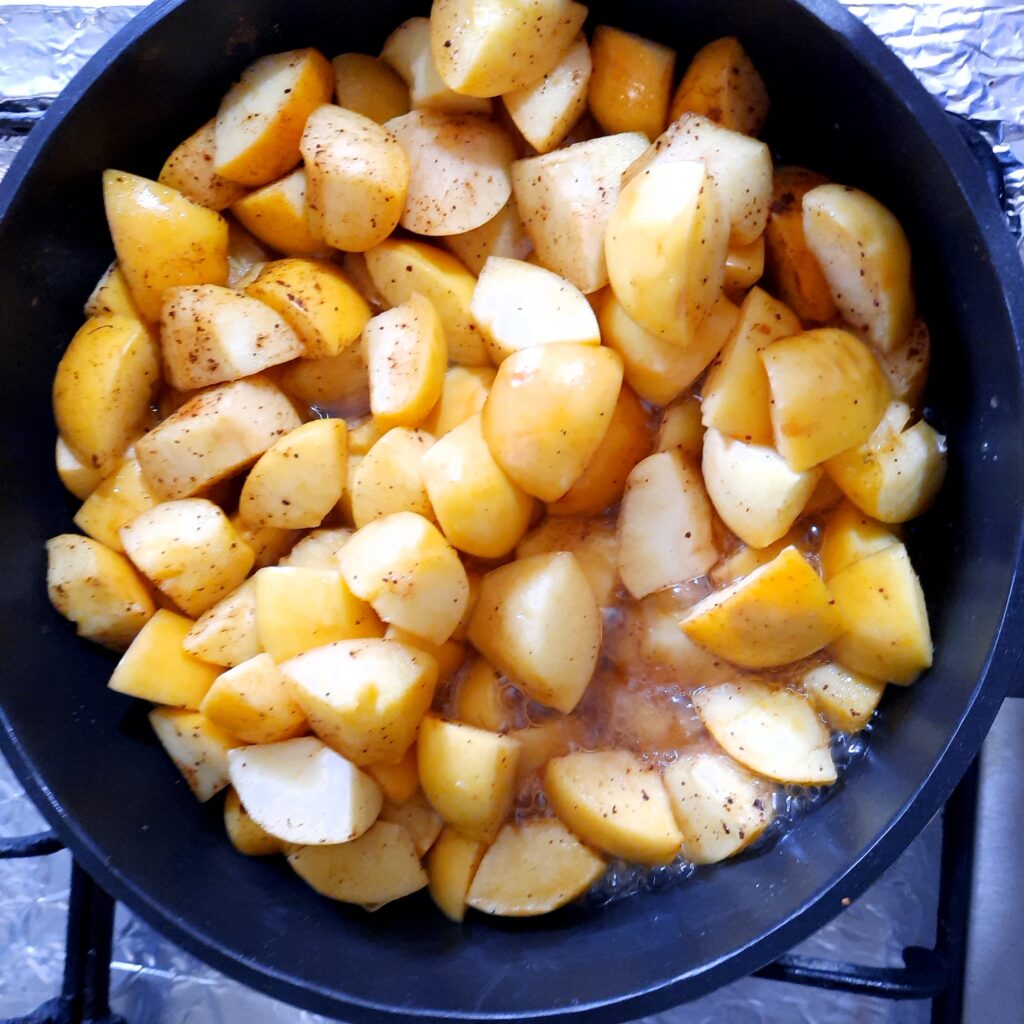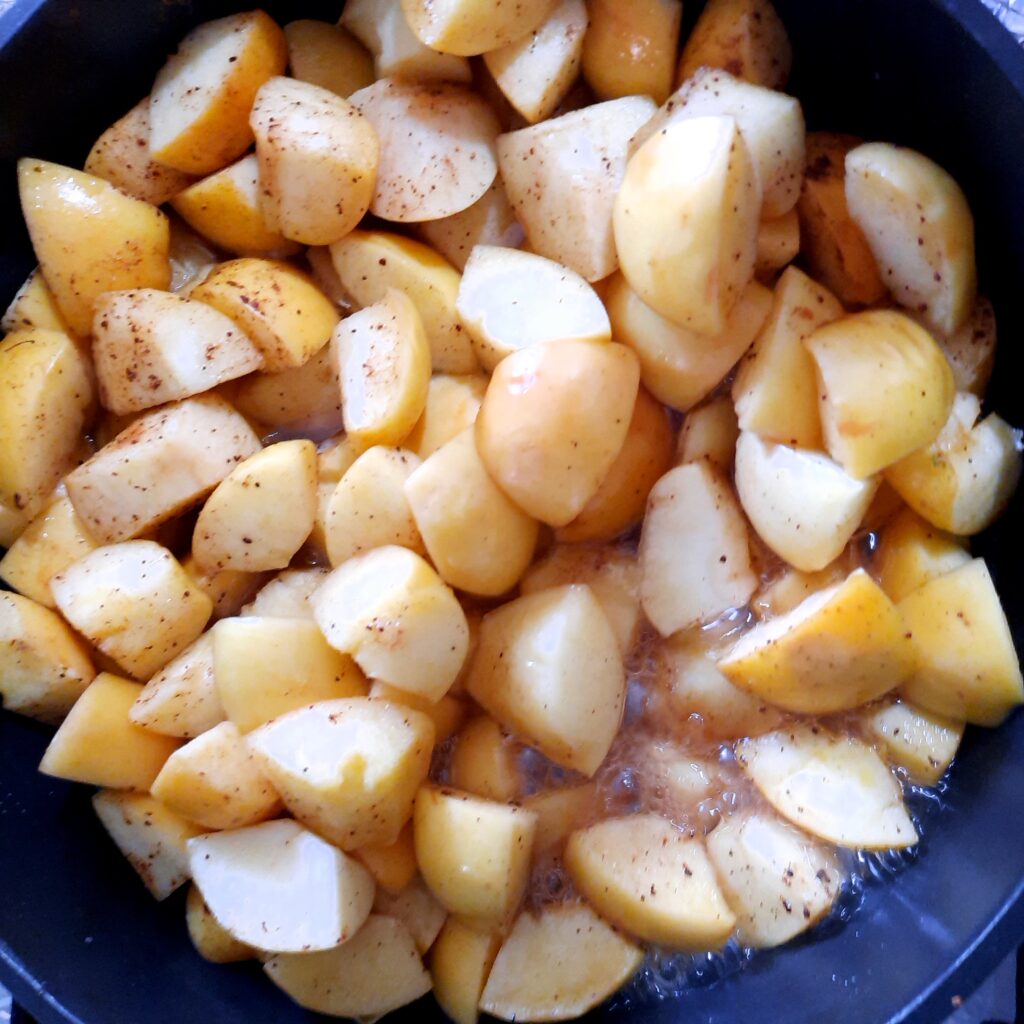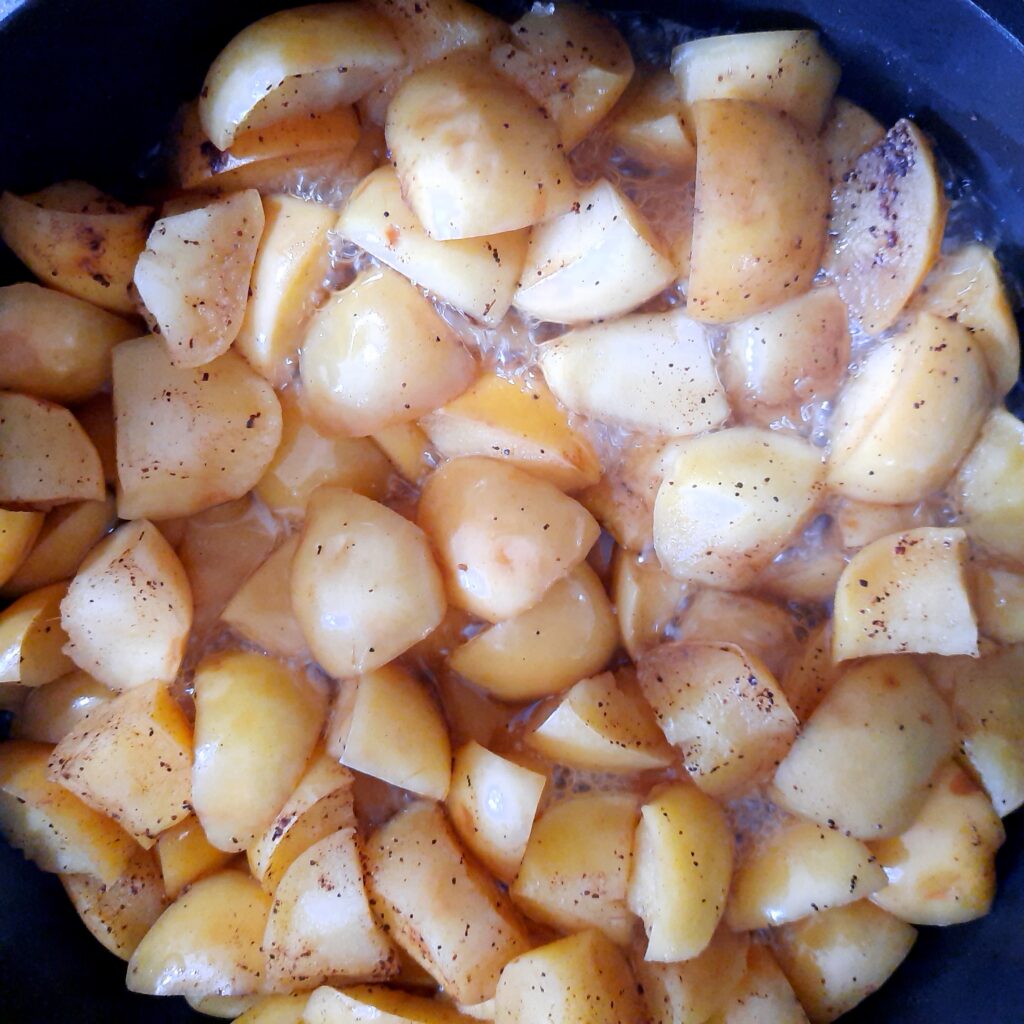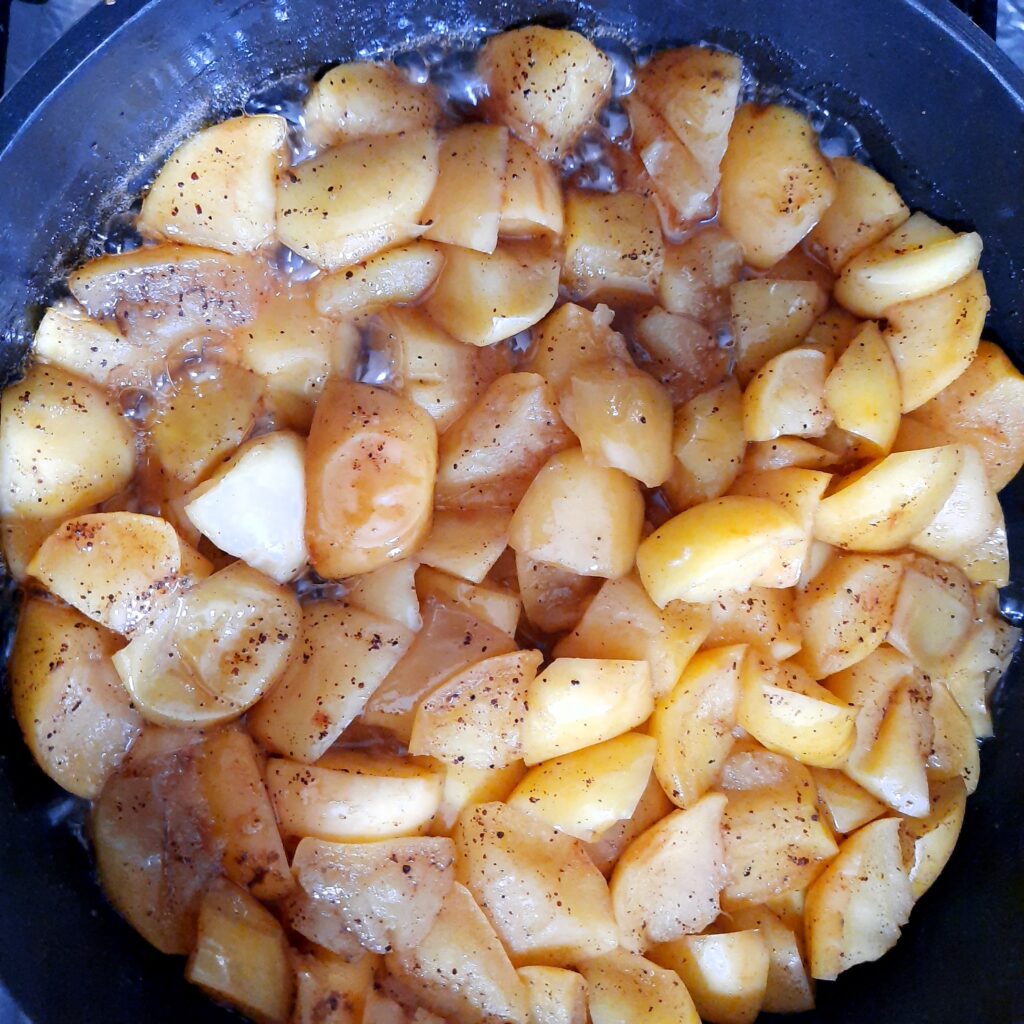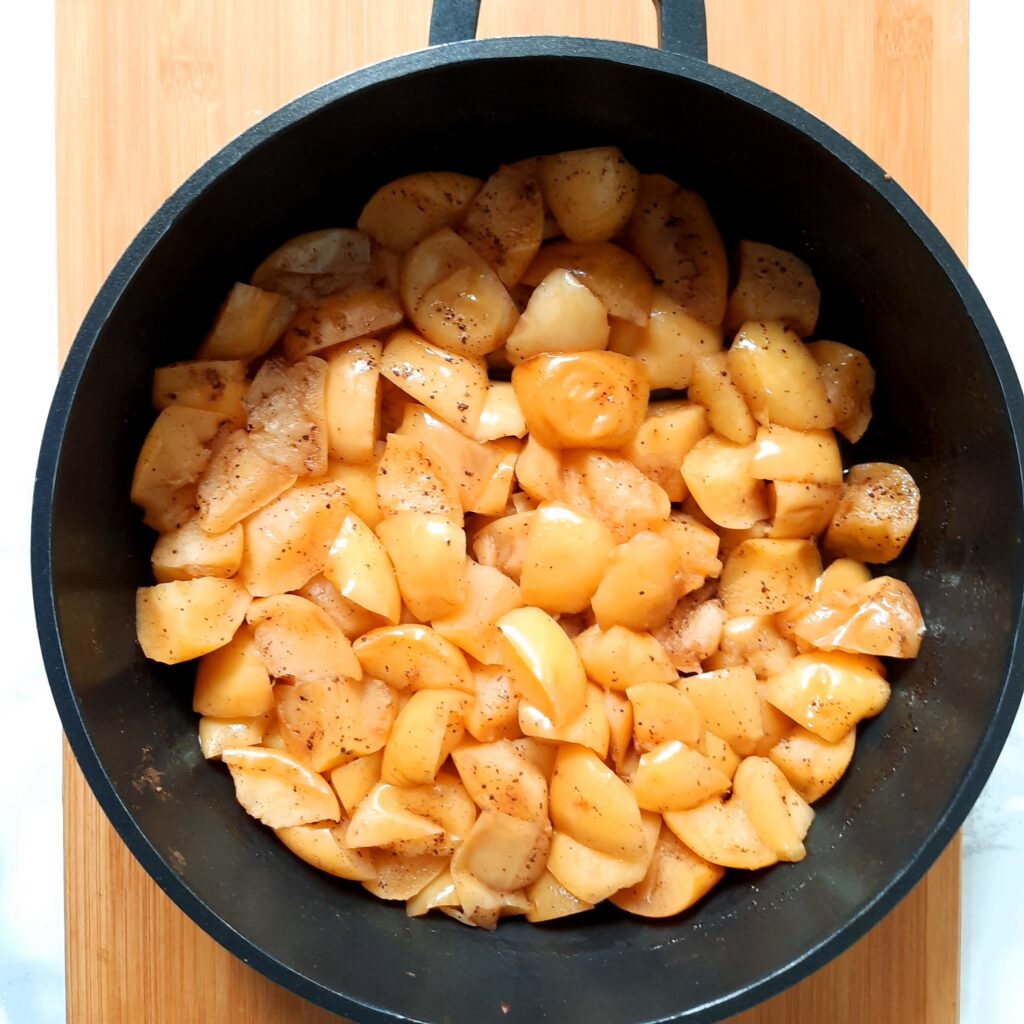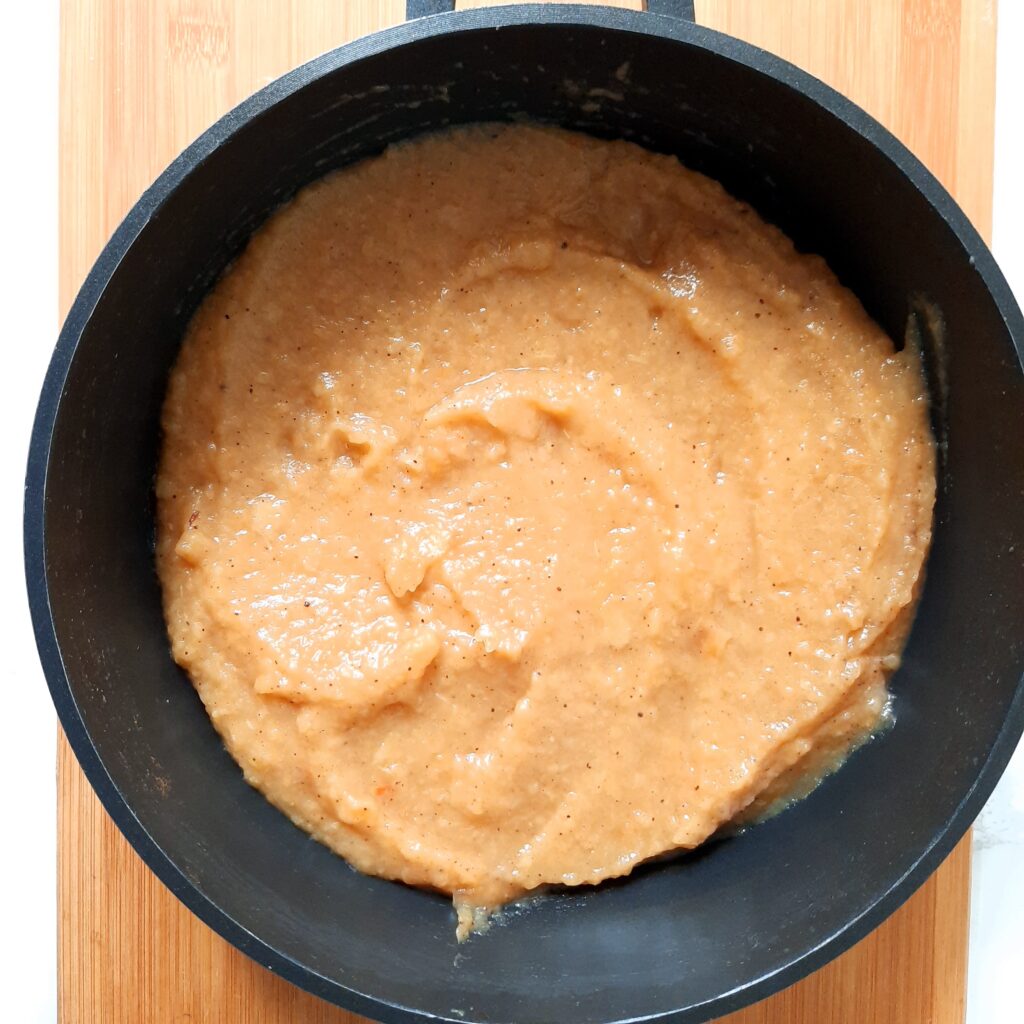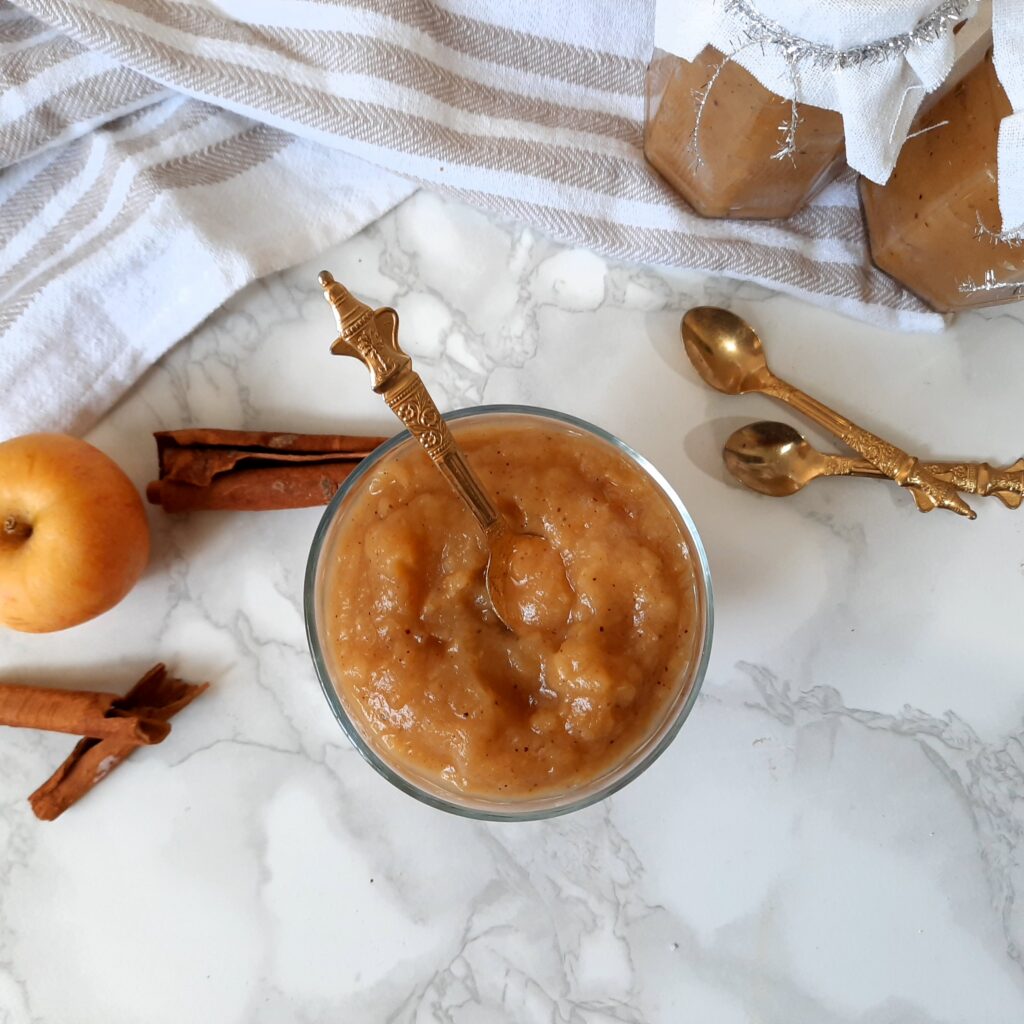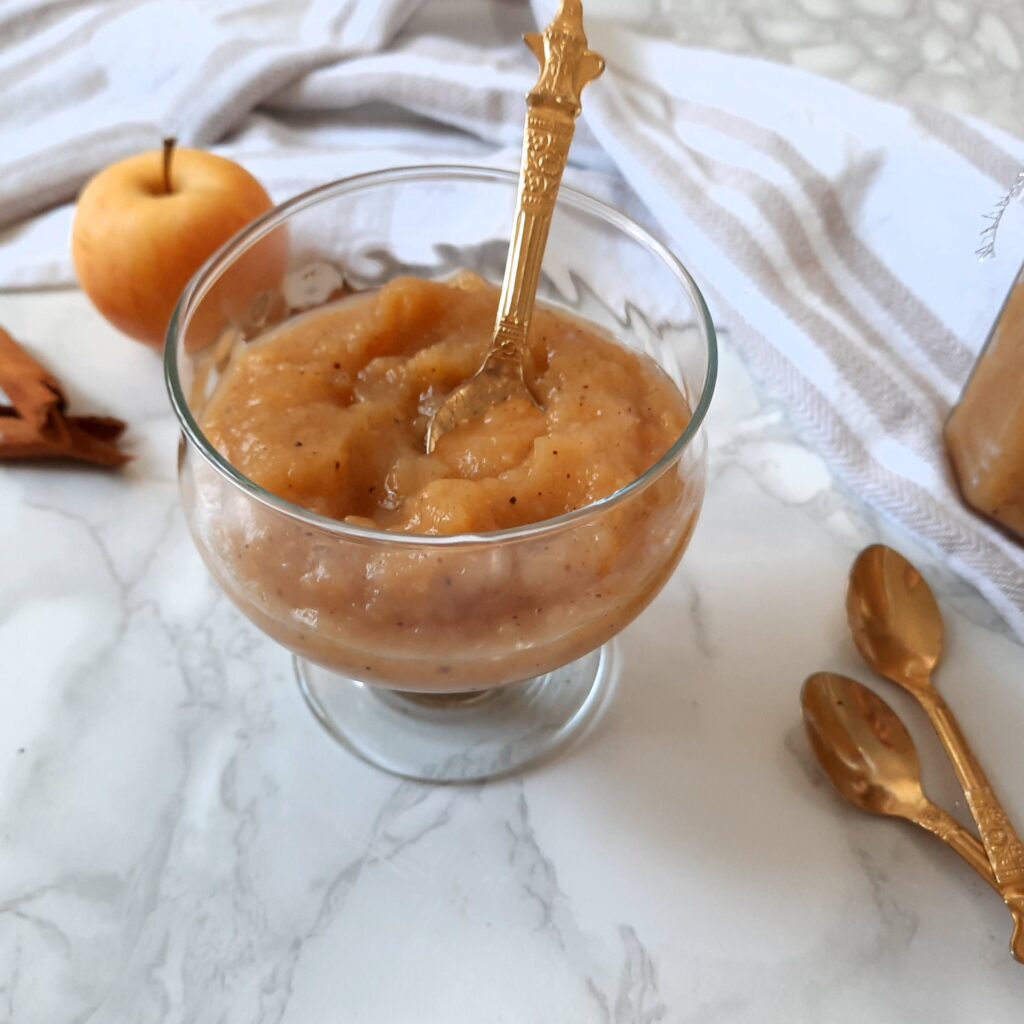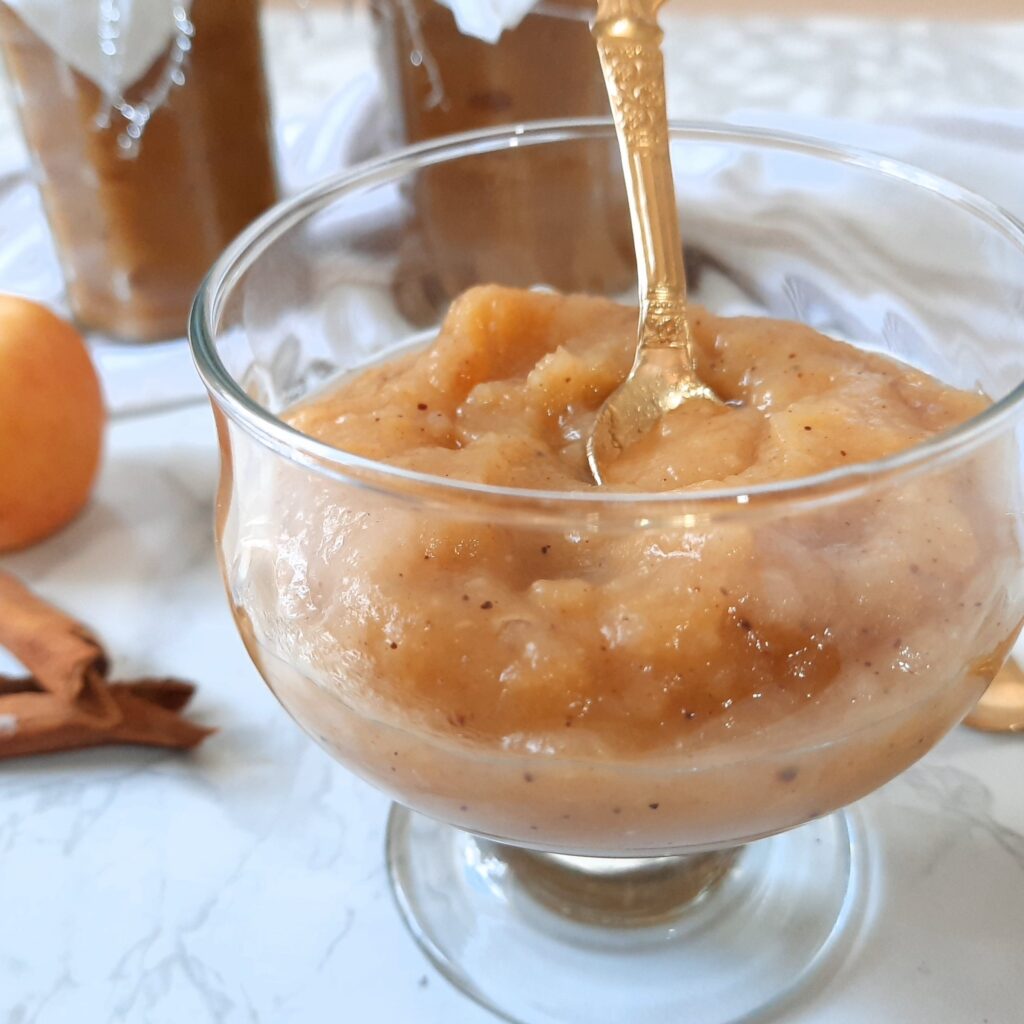Indulge in the comforting flavors of homemade apple sauce with this easy-to-follow recipe. Made from fresh, juicy apples and a touch of warm spices, this sauce is a versatile and delightful addition to your culinary repertoire. Whether enjoyed on its own, as a side dish, or used as a versatile ingredient in various recipes, homemade apple sauce brings the natural sweetness of apples to the forefront. So, grab your apron and let’s embark on a journey to create a batch of this irresistible apple sauce that will leave you craving for more.
Origin and history
Originating in Europe, apple sauce has a long history that dates back centuries. The practice of cooking down apples to create a puree-like sauce can be traced back to medieval times. Apples were widely cultivated throughout Europe, making them readily available for various culinary purposes, including the creation of apple sauce.
The exact country of origin for apple sauce is not definitively known, as the concept of cooking down apples to create a sauce-like consistency has been practiced in various regions throughout history. However, apple sauce has been closely associated with European culinary traditions, particularly in countries such as England, France, and Germany.
In the early days, apple sauce was primarily used as a way to preserve apples for longer periods. It was a common method of utilizing surplus or overripe apples, as well as a means of providing a source of nutrition during the winter months when fresh fruit was scarce. The apples were typically cooked with water and sometimes sweetened with honey or sugar.
As time went on, apple sauce evolved from a preservation method to a culinary delight enjoyed both as a standalone dish and as an accompaniment to other foods. The sauce became popular across different European countries, with regional variations emerging based on the available apple varieties and culinary traditions of each area.
With the colonization of North America, apple sauce also made its way to the New World. Apples were introduced by European settlers, and apple sauce became a familiar component of American cuisine. It became particularly popular in the United States during the 19th century, where it was commonly served as a side dish or used in desserts and baked goods.
Today, apple sauce remains a beloved dish in many cultures around the world. It is celebrated for its simplicity, versatility, and ability to add a touch of sweetness and flavor to a variety of recipes. Whether it’s enjoyed on its own, paired with savory dishes like roasted meats, or used as a baking ingredient, apple sauce continues to be a cherished part of culinary traditions worldwide.
So, the next time you savor a spoonful of apple sauce, remember the rich history and cultural significance that this humble yet delicious dish carries with it.
Tips and notes
To ensure a successful apple sauce recipe, here are some tips to keep in mind:
- Select apples that are suitable for making apple sauce. Varieties like Granny Smith, Fuji, or McIntosh are commonly used due to their balanced flavor and texture when cooked. Avoid apples that are overly tart or too sweet, as they can affect the taste and consistency of the sauce.
- Consider using a mix of apple varieties for a more complex flavor profile in your apple sauce. Combining sweet and tart apples can create a well-balanced sauce with a depth of flavors.
- Taste the sauce as it cooks and adjust the sweetness and acidity levels according to your preference. Add sugar, honey, or a sweetener of your choice if the apples are tart, or a splash of lemon juice to enhance the natural acidity of the sauce.
- If you prefer a chunkier apple sauce, mash the cooked apples lightly or use a potato masher to leave some small apple pieces. For a smoother consistency, use a blender, food processor, or immersion blender to puree the sauce until smooth.
- Consider adding warm spices like cinnamon, nutmeg, or cloves to enhance the flavor of the apple sauce. Sprinkle a pinch of your desired spice and adjust the amount based on your taste preferences.
- Simmer the apples over low heat to ensure even cooking and prevent scorching. This allows the apples to break down gently and release their natural flavors.
- If you find the sauce too thick or sticking to the pan, you can add a small amount of water or apple juice to achieve the desired consistency. Add the liquid gradually to avoid making the sauce too watery.
- Let the apple sauce cool for a few minutes before transferring it to a storage container or serving dish. This allows the flavors to meld together and the sauce to thicken slightly.
- If you have any leftover apple sauce, store it in an airtight container in the refrigerator. It will keep well for up to one week. Alternatively, you can freeze the sauce in freezer-safe containers for longer storage.
Serving
Apple sauce is versatile and can be used in various recipes. Enjoy it as a standalone side dish, use it as a topping for pancakes or waffles, incorporate it into baked goods, or use it as a substitute for oil or butter in certain recipes to reduce fat content.
Variants
- Pumpkin jam;
- Appelmoes;
- Comptes;
- Chutney;
- …
Classic Apple Sauce Recipe: A Sweet and Simple Delight
Ingredients
- 1 kg apples (preferably Granny Smith, Fuji, or McIntosh)
- 100 ml water
- 1 tbsp sugar
- 1 tsp lemon or orange zest
- 1 tsp vanilla powder (or extract)
- ½ tsp ground cinnamon
Instructions
- Peel, core, and roughly chop the apples. Remove any seeds or tough parts.
- In a saucepan, combine the chopped apples, water, orange zest, sugar, vanilla powder, and ground cinnamon. Stir to combine.
- Place the saucepan over medium heat and bring the mixture to a simmer. Reduce the heat to low and cover the saucepan with a lid. Allow the apples to cook for about 15 to 20 minutes, or until they become soft and tender.
- Remove the saucepan from heat. Using a hand blender or a potato masher, mash the cooked apples to achieve the desired consistency. For a chunkier sauce, mash the apples less, leaving some small apple pieces. For a smoother sauce, continue mashing until a smooth consistency is reached.
- Taste the apple sauce and adjust the sweetness and seasoning according to your preference. If desired, add more sugar or cinnamon and stir well.
- Let the apple sauce cool for a few minutes before transferring it to a container or serving dish. You can serve it warm or refrigerate it to chill before serving.
- Apple sauce can be stored in an airtight container in the refrigerator for up to one week. Enjoy it as a standalone treat, a side dish, or as an ingredient in various recipes.
